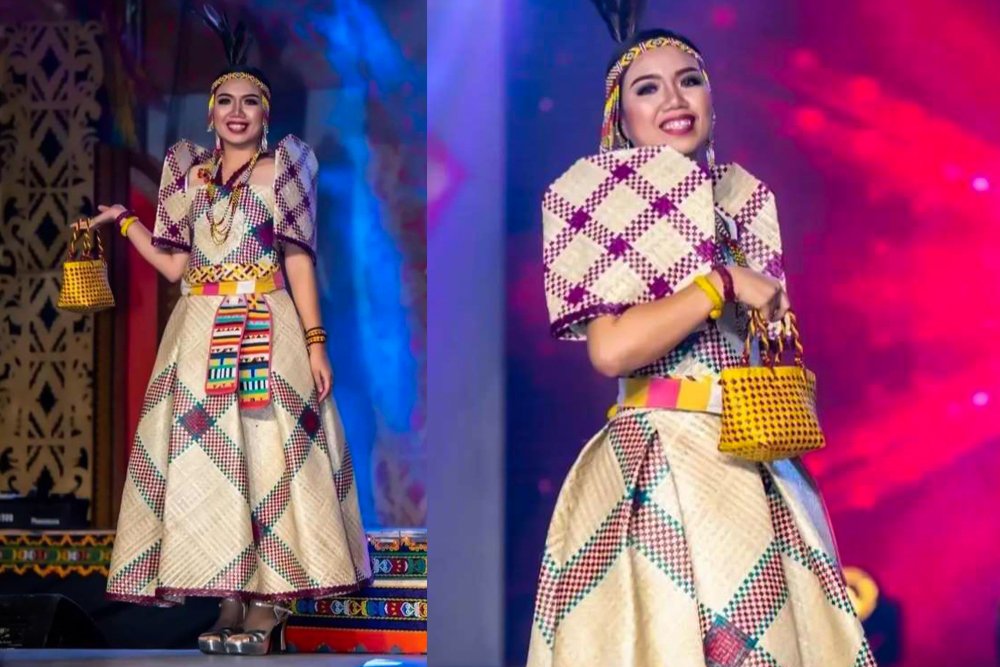Once a ubiquitous thread binding communities together, the indigenous weaving industry has shifted from necessity to a precious, fading art. In the past, looms thrummed in every village, crafting not just garments but stories told in intricate patterns and dyes. Self-sufficiency reigned, with fibers grown, spun, and woven by nimble hands, each piece imbued with cultural identity. Today, the hum of industry looms drowns out the rhythm of the traditional, mass-produced fabrics threatening to eclipse the unique tapestry of indigenous designs. The focus has shifted from practicality to preservation, with dedicated efforts to revive the craft, educate younger generations, and find sustainable markets for these cultural treasures.
Yet, the challenge remains steep – the hands that hold the wisdom of weaving are aging, and the allure of faster, cheaper alternatives whispers temptations. It’s a race against time, a story still being woven, where every intricate stitch carries the weight of both loss and the fight for cultural survival.
But hope persists. In Davao del Sur, resilient communities defy the fading echo. Here, looms still resonate with the rhythm of tradition, skilled hands weaving not just threads but whispers of history. Weaving families like those of Salinta Monon and Trinidad Bugoy stand as testaments to the enduring spirit of this art. Their dedication echoes across generations, reminding us that amidst the din of modern life, the vibrant tapestry of indigenous weaving still finds its vibrant pulse. It is in these communities, where stories are woven into every intricate design, that the fight for cultural survival finds its strongest voice. The tale of the indigenous weaving industry may be one of struggle, but it is also a testament to the human spirit’s unwavering passion to keep its cultural threads alive.
Salinta Monon Weaving Center
Salinta Monon, a Filipino weaver from Bansalan, wasn’t just any artisan; she was a living embodiment of tradition. Revered as the “last Bagobo weaver,” she breathed life into intricate Bagobo-Tagabawa textiles, earning her a prestigious National Living Treasures Award in 1998. Her nimble fingers danced across looms, conjuring vibrant tapestries adorned with ancient motifs, each thread whispering tales of her people’s heritage. Though some mourn her passing in 2009, her legacy endures, woven into the very fabric of Philippine cultural identity.
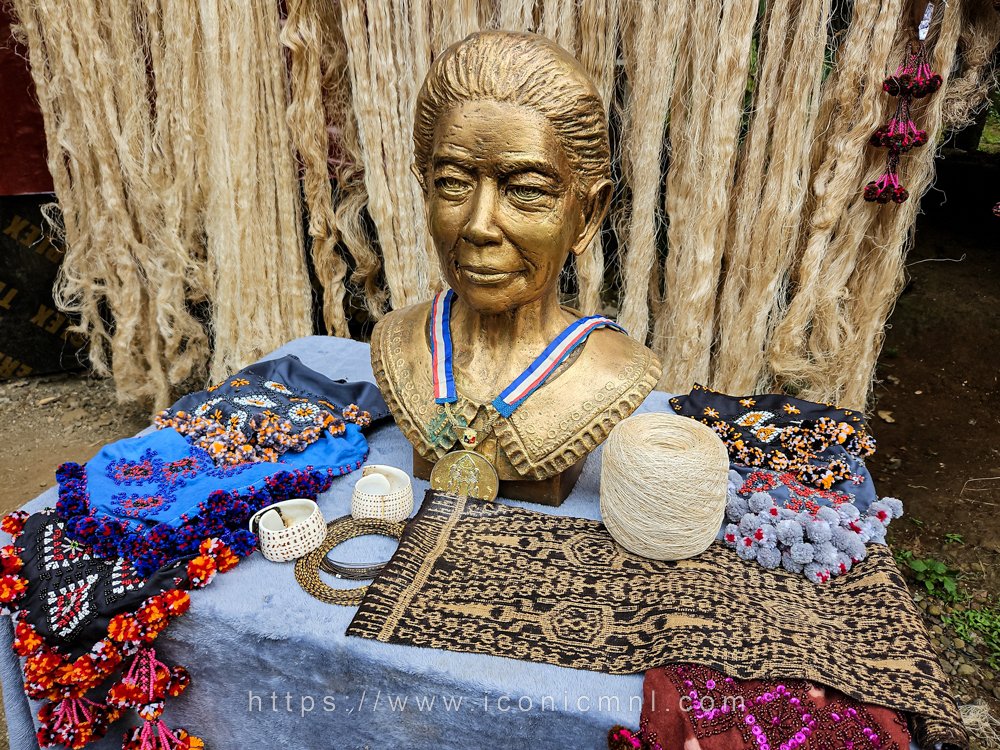
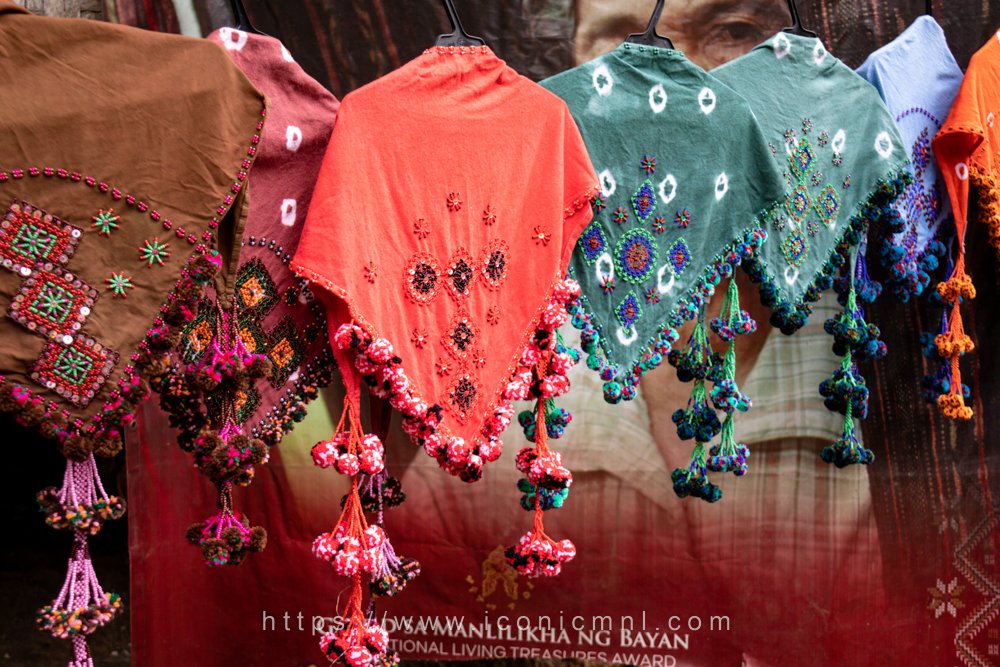
I discovered this vibrant tapestry myself at the Salinta Monon Weaving Center in Bansalan, Davao del Sur, during our trip with the Tourism Promotions Board Philippines, where her story and spirit are kept alive. Here, the intricate art of “Inabal,” the globally recognized traditional Bagobo-Tagabawa textiles, flourishes under the guidance of Salinta Monon’s descendants and apprentices.


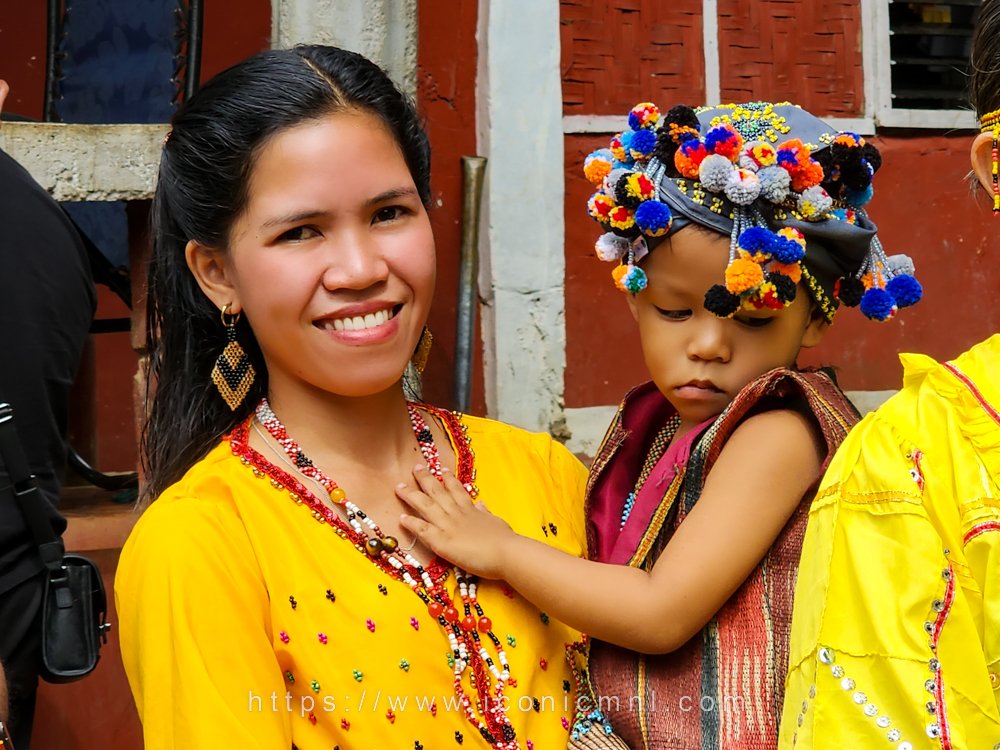
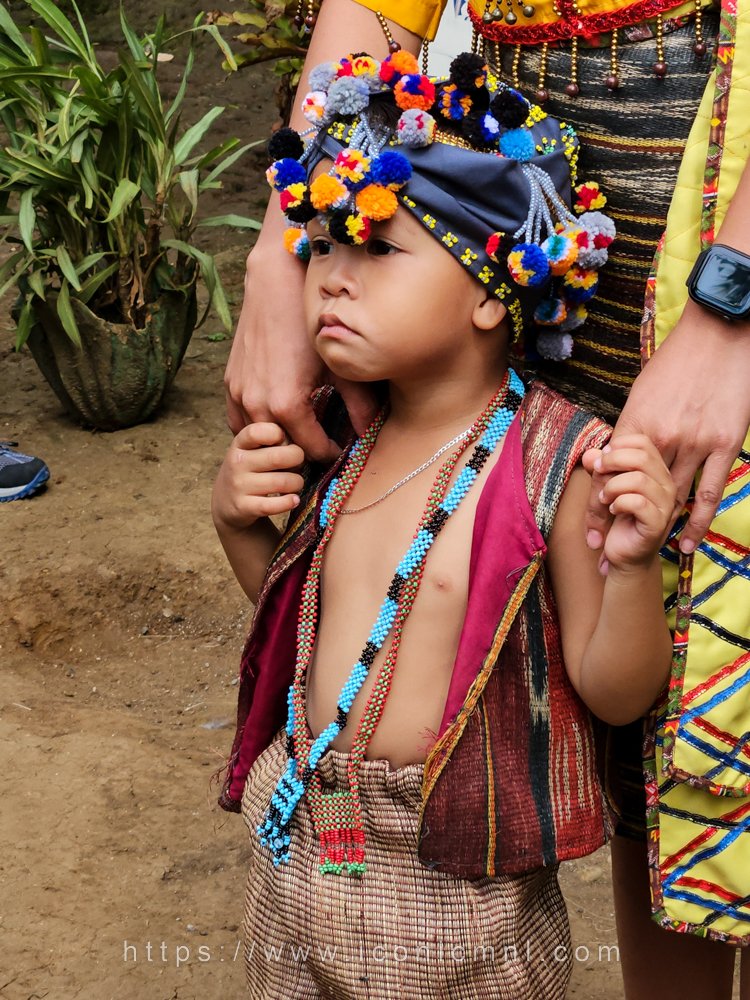
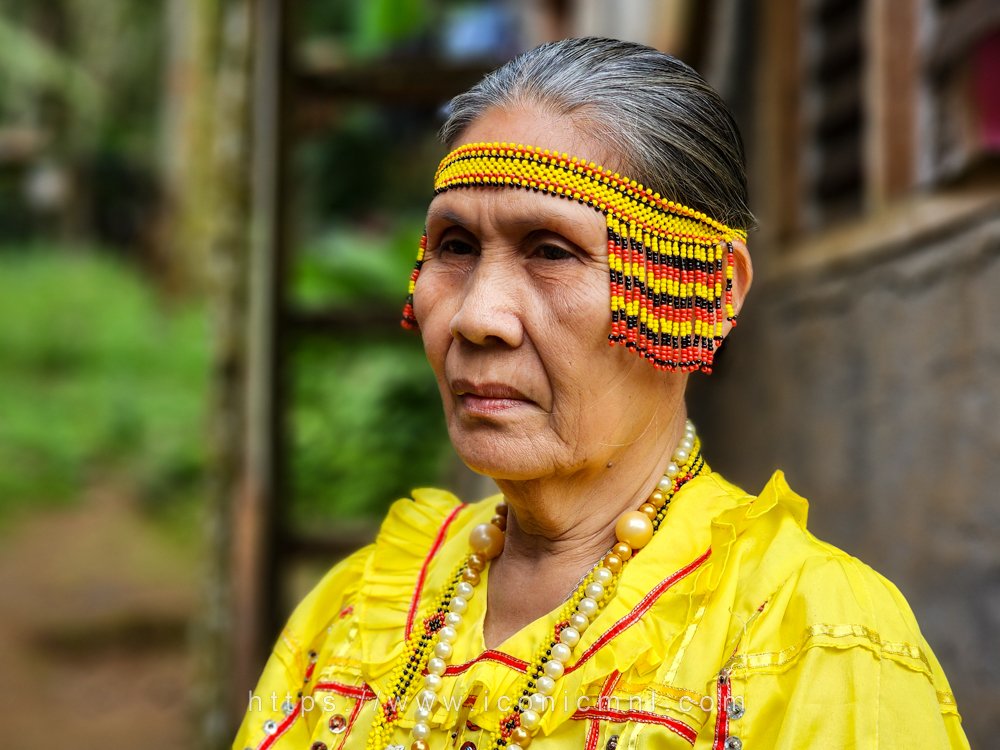
As I witnessed the rhythmic click-clack of looms and the mesmerizing dance of fibers, I felt the cultural pulse of the Bagobo people beat strongly. More than just beautiful cloth, Inabal holds deep significance – a symbol of wealth, offerings to deities, and protective charms. These finely woven fabrics, dyed with natural sources like plants and minerals, embody the Bagobo identity, their intricate designs whispering stories of zoomorphic and anthropomorphic figures intertwined with geometric patterns.



Witnessing the mastery of extracting abaca fibers, the backstrap loom technique, and the final polishing with a smooth shell – it was a journey into the very heart of Bagobo cultural expression. In Salinta Monon’s legacy, I saw not just an individual’s talent, but the enduring spirit of a people, woven into every vibrant thread.


In her last weave, Salinta Monon brought to life an exceptionally distinctive pattern inspired by a vivid dream, revealing intricate details that added a mesmerizing touch to the design.
Hagonoy Weaving Center
Meet Trinidad “Trining” Bugoy, a 74-year-old resident of Barangay Paligue. She holds the distinction of being the last living Mat Weaver from Hagonoy, Davao del Sur.


Her exceptional products are crafted from the spiny leaves of the Romblon plant (part of the Pandanus genus, also known as Pandan). Despite the unfortunate circumstance that her daughters did not inherit her weaving skills, Aling Trining, at her advanced age, continues to demonstrate her full capability in producing intricate mats from spiny Romblon or Pandan leaves.
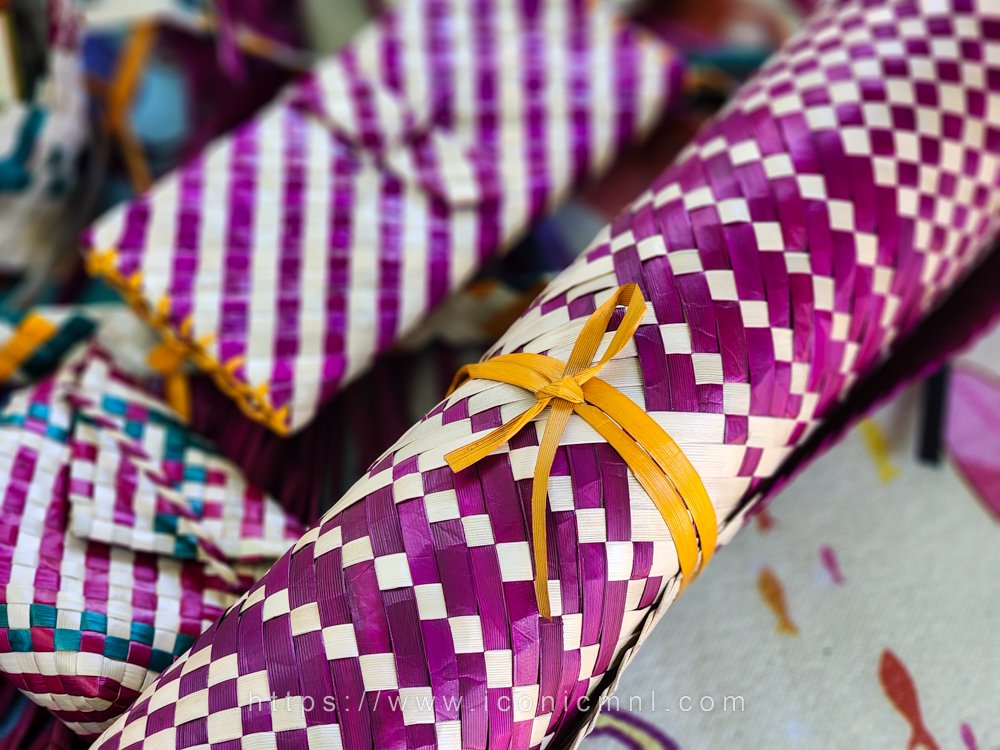
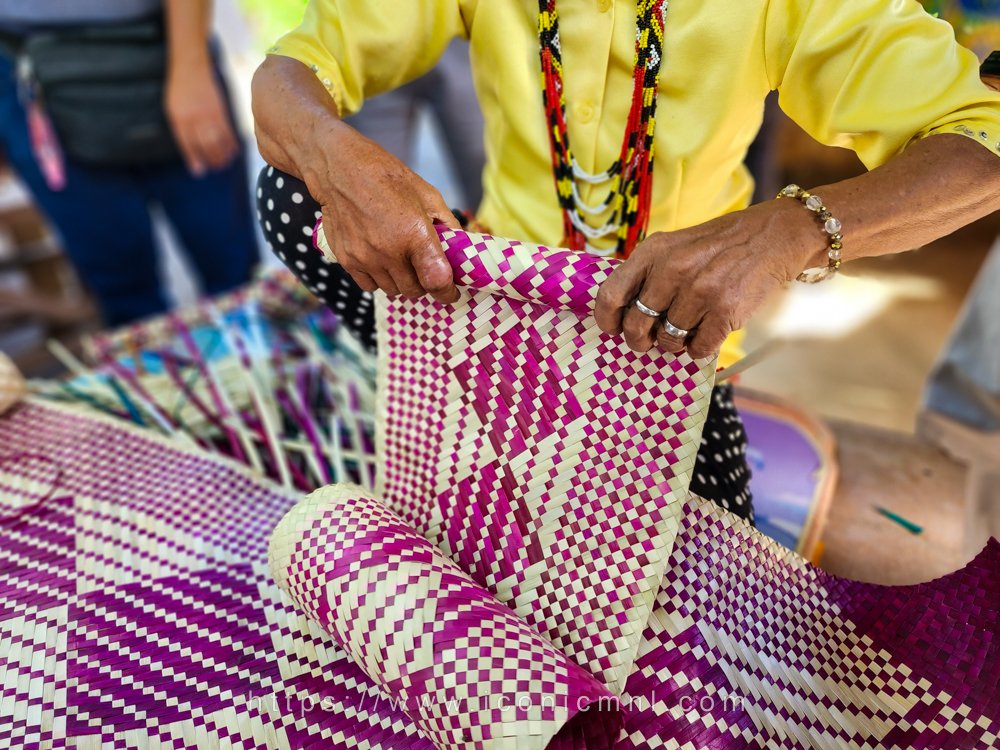

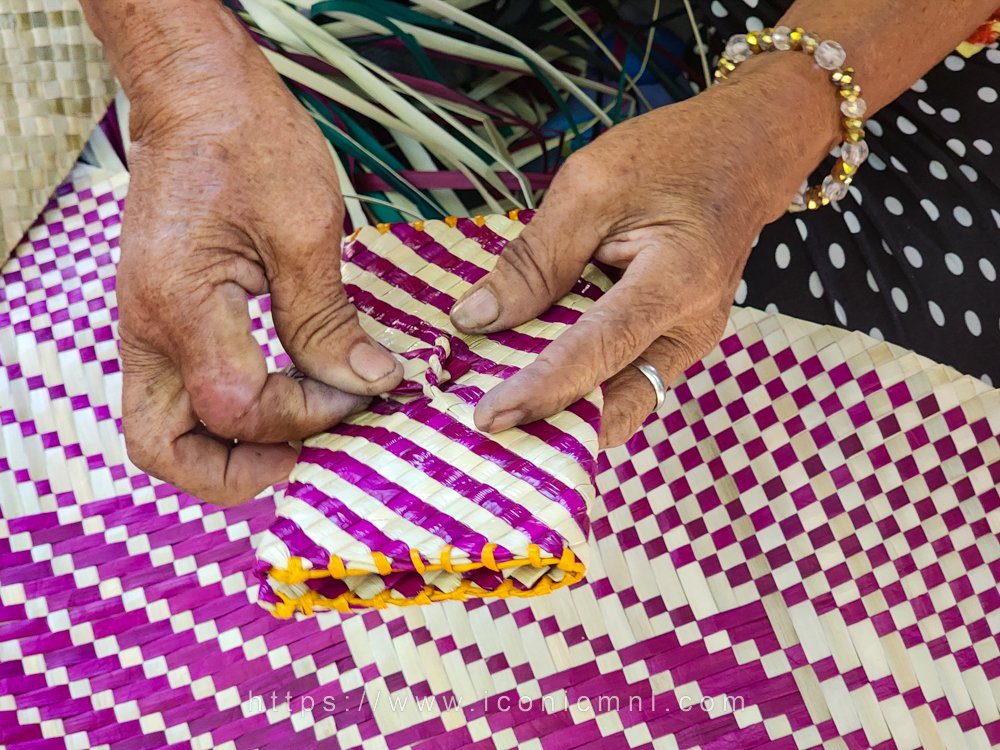
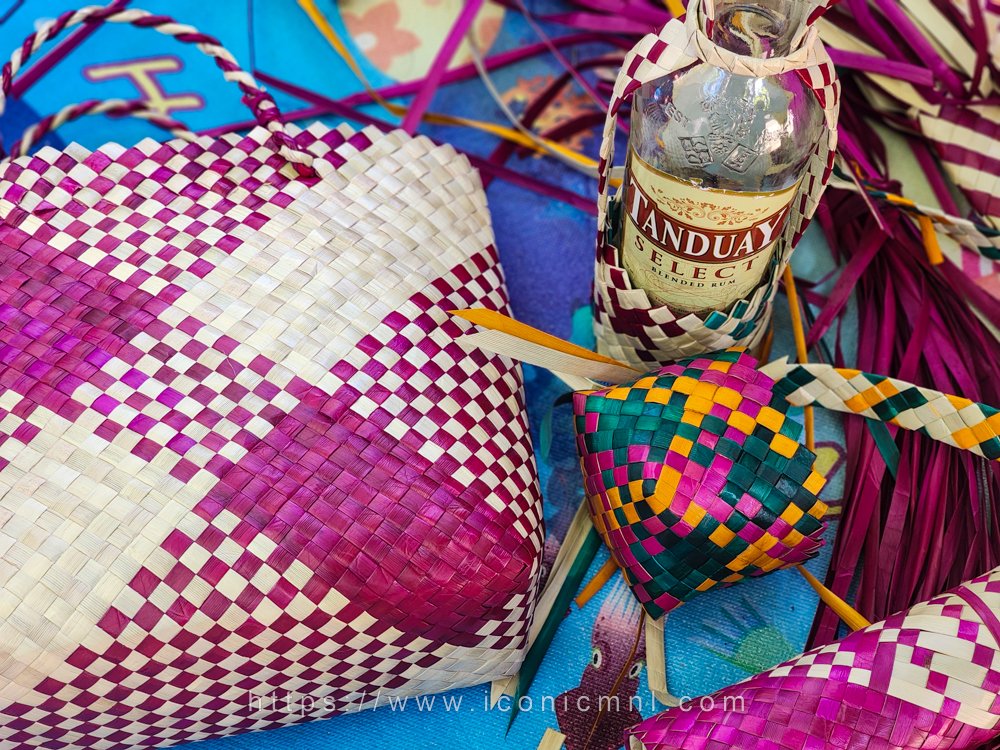
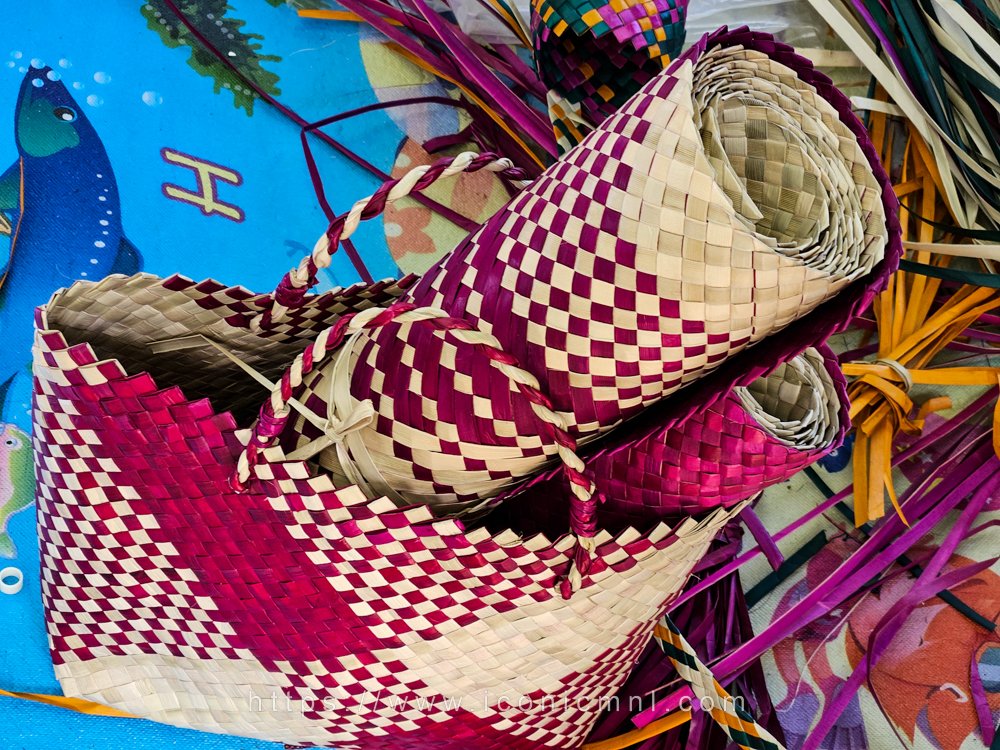
Aling Trining has not only honed but also mastered her skills in transforming her labor of love into a diverse range of items, including wallets, handbags, wine holders, table runners, and hats. With a keen eye and a deep passion for weaving unique and intricate patterns, she has extended her creativity to fashion as well. Aling Trining has crafted uniquely designed gowns using the same material. These exquisite gowns have been prominently featured at cultural events in Davao del Sur, showcasing her artistry and dedication to her craft.
While the future of the indigenous weaving industry appears uncertain, a glimmer of optimism shines brightly in places like Davao del Sur. Amidst the diminishing echoes of tradition, families such as Salinta Monon and Trinidad Bugoy stand resilient, keeping the looms in motion. Their unwavering commitment reflects the indomitable human spirit, weaving not only threads but also the whispers of history. This underscores the idea that cultural survival speaks loudest through the intricate designs handed down through generations.
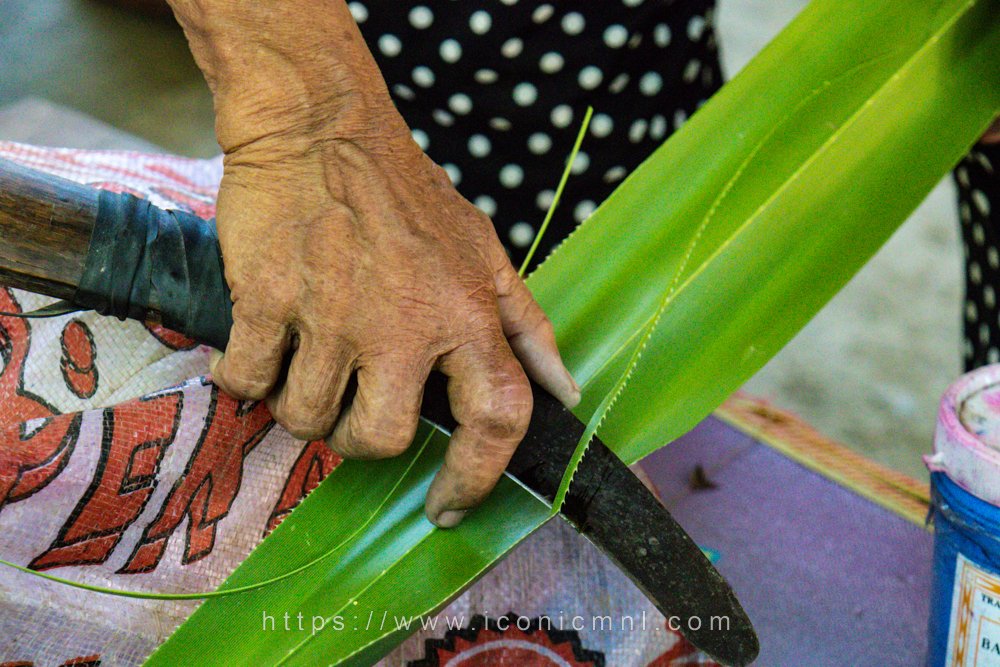
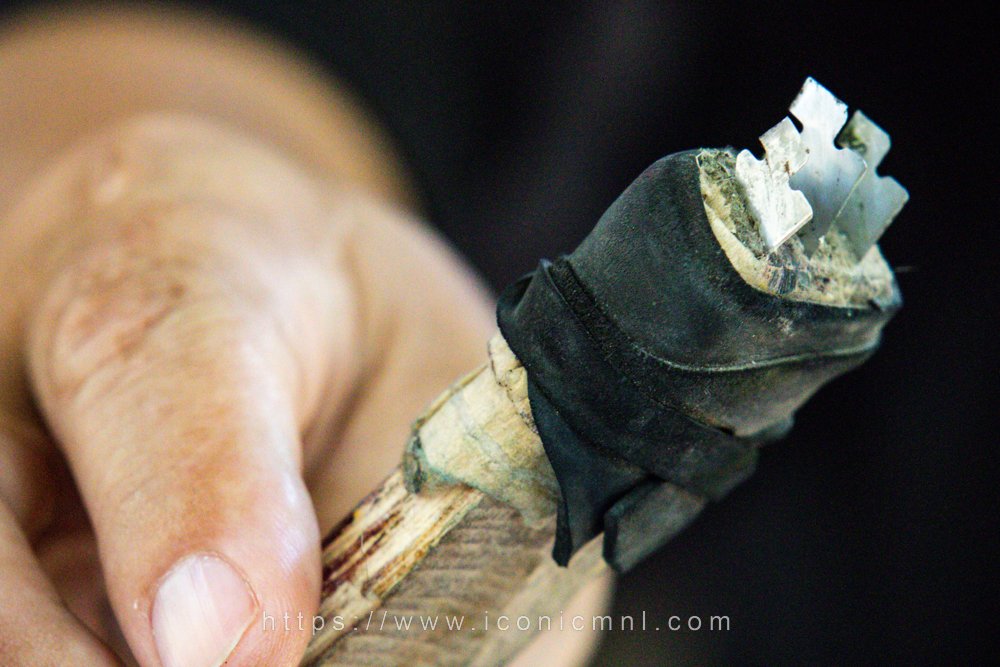

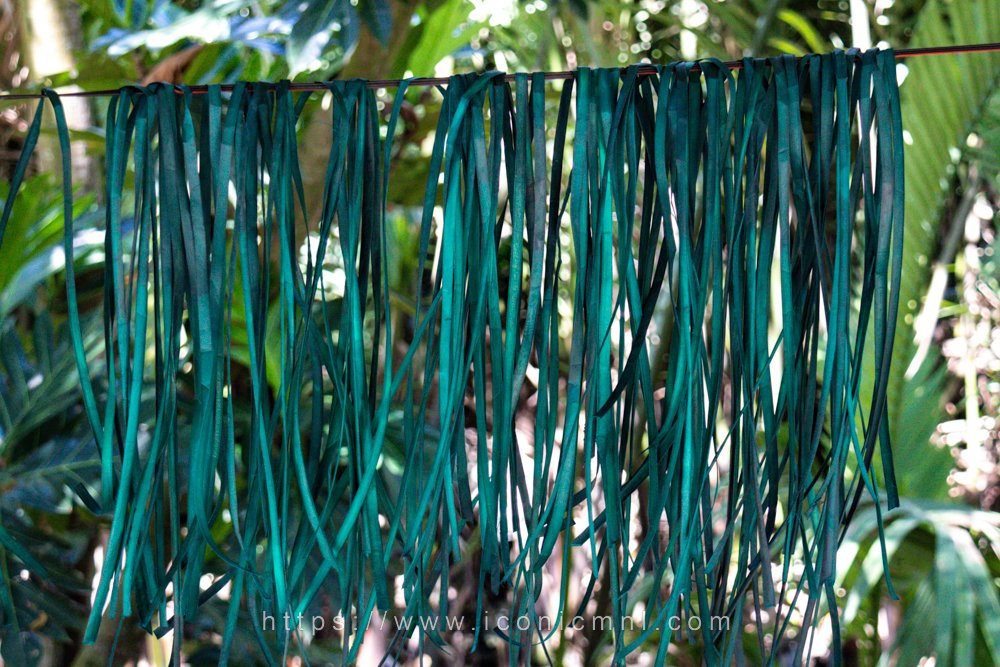
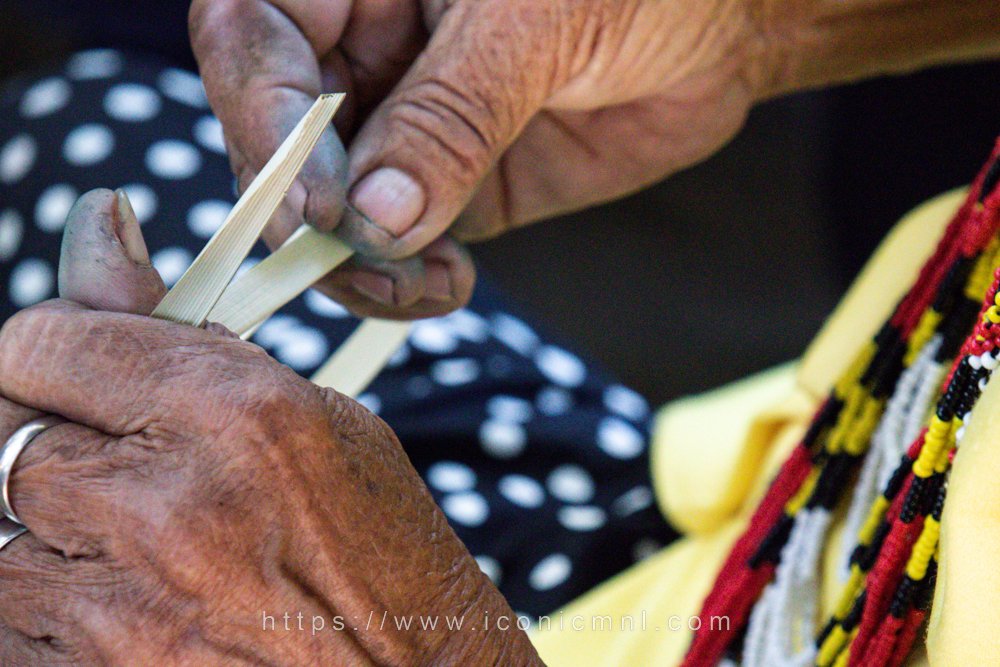
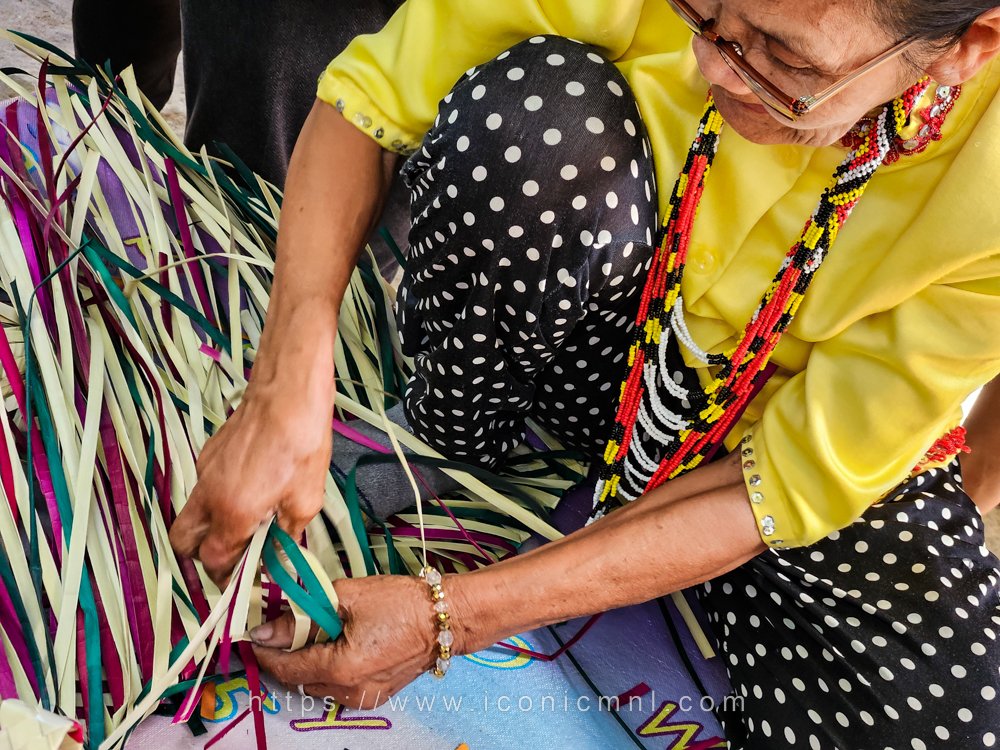
Come, and discover the art of Salinta Monon and Trinidad Bugoy. Let their tapestries transport you beyond time and space, and into the heart of a culture where every thread tells a story, and every stitch is a testament to the enduring spirit of a people.
Thank you so much Tourism Promotions Board Philippines and Davao Del Sur Tourism Development and Promotions Office for arranging a unique and informative experience to engage with the diverse world of indigenous craftsmanship.
Leave a comment down below and share your thoughts with us!
Want more features like this? Please follow us on Facebook, Twitter, and Instagram to get the latest trends.
